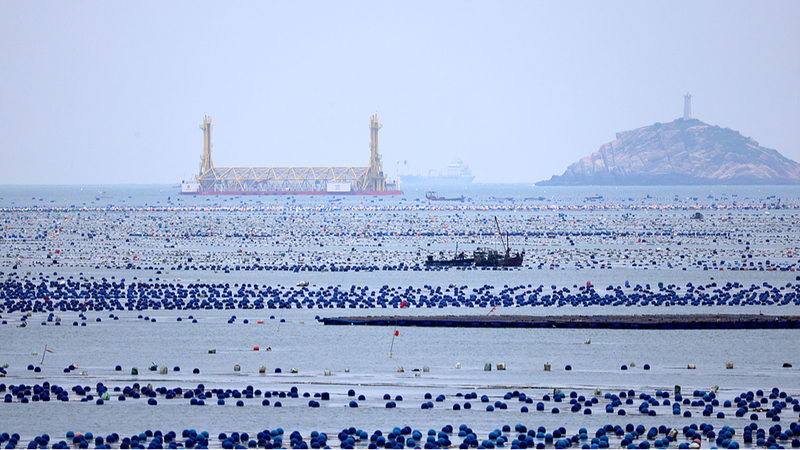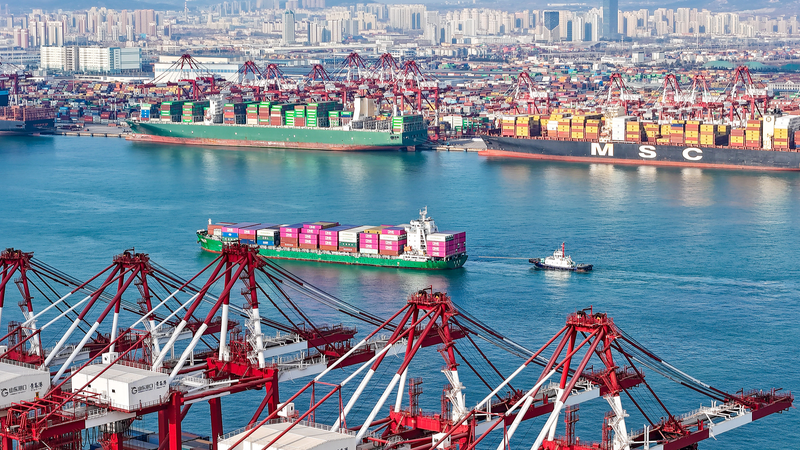As global leaders sound the alarm on climate change, the ocean emerges as an unsung hero in carbon management. Ahead of the 2025 World Oceans Day and National Ocean Publicity Day on June 8, themed "Protecting the Marine Ecosystem for Harmonious Coexistence between Man and Nature," the spotlight falls on the ocean's capacity to drive climate solutions.
Representing the planet's largest carbon sink, the ocean holds a staggering 50 times more carbon than the atmosphere and 20 times more than all land ecosystems combined. It absorbs roughly one-third of annual CO2 emissions, with blue carbon ecosystems—mangroves, seagrass beds and salt marshes—playing a vital role in capturing and storing carbon.
For Pacific Island countries, whose vast waters make them strategic blue carbon stewards, the stakes are high. Rising sea levels and extreme weather threaten their low-lying shores even as they guard critical marine ecosystems.
In response, the Chinese mainland and Pacific Island countries have ramped up collaboration on marine carbon sequestration. At the 2025 Shanghai International Carbon Neutrality Expo, held June 5–7 under the theme "Towards a Carbon-Neutral Future," stakeholders announced major cooperation projects and showcased cutting-edge blue carbon technologies.
With blue carbon now center stage, experts say protecting and expanding these marine habitats could be a game-changer in the race to net-zero. As World Oceans Day approaches, the message is clear: our oceans hold the key to a climate-resilient future.
Reference(s):
Blue carbon: A secret weapon in the fight against climate change?
cgtn.com




